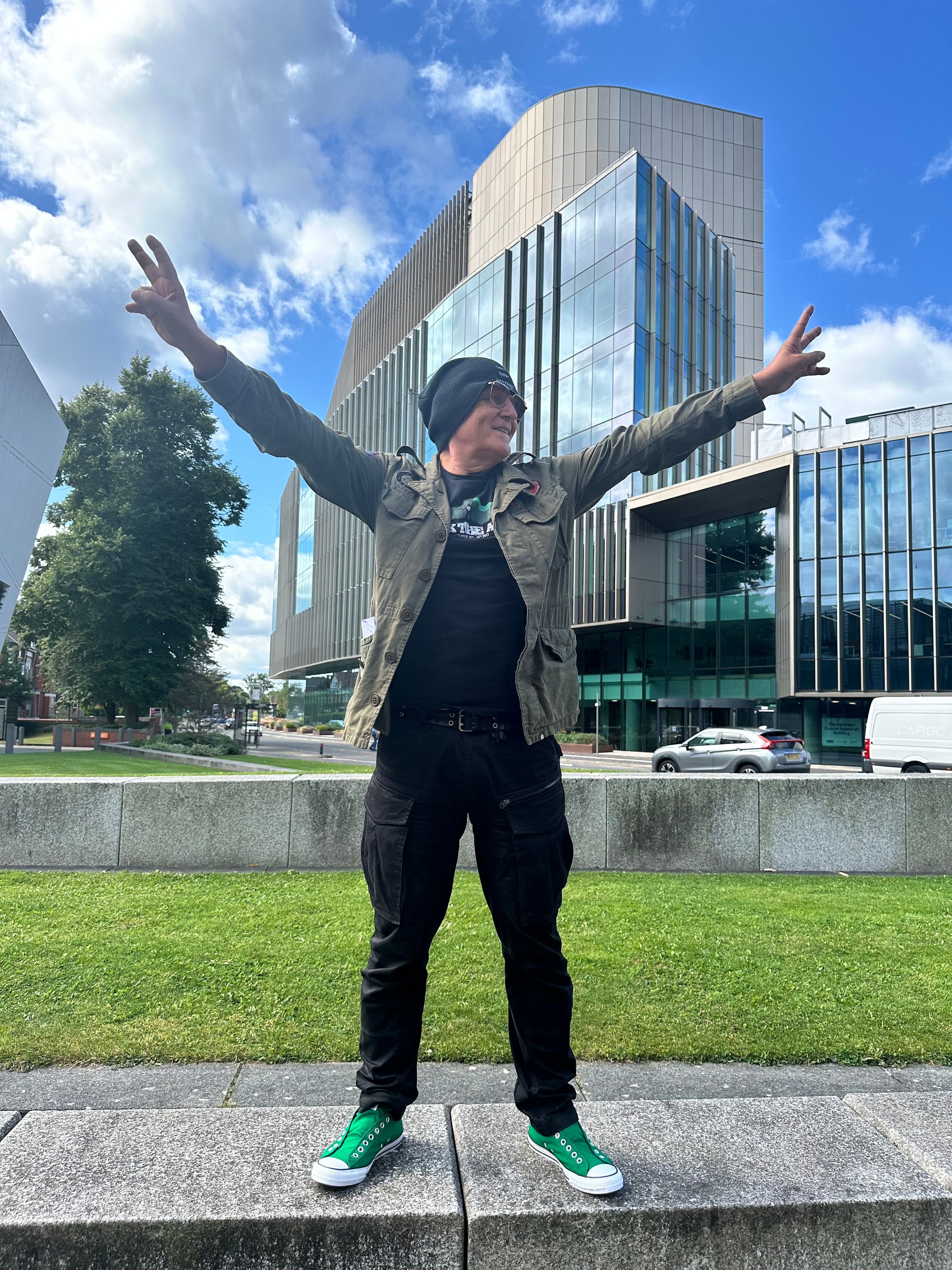Article
PD-1 Blockades Show Potential in Sarcoma
Author(s):
Patients with certain types of sarcoma may benefit from PD-1 blockades, according to a recent study.
Several subtypes of difficult-to-treat sarcomas may respond to treatment with PD-1 pathway inhibiting immunotherapies, according to results presented at the 2017 European Cancer Congress of an immunohistochemistry (IHC) analysis of a large patient population.
Researchers evaluated the expression and clinical association of the key molecules in the PD-1 pathway and its primary ligand, PD-L1, on tumors and on cells in the tumor microenvironment of pediatric and young adult patients with sarcoma. The investigators also looked for the presence of CD8 expression on the tumors and on cells in the microenvironment, which has been associated with superior survival for patients with localized osteosarcoma.
PD-1/PD-L1 expression is only just beginning to garner attention in sarcoma subtypes, says Anke van Erp, Ph.D., M.Sc., of the Radboud University Medical Center in Nijmegen, the Netherlands.
“The interaction of PD-1 and PD-L1 results in negative regulation of T-cell activity, which can be blocked by PD-1 antibodies,” she explained.
With her colleagues, van Erp used IHC to evaluate protein expression on primary tumor samples of 217 patients who were stratified by age at diagnosis into cohorts of younger than 18 years and 18 years and older. They evaluated formalin-fixed paraffin-embedded tumor sections of 52 primary osteosarcoma samples, 22 Ewing sarcoma (ES), 42 alveolar rhabdomyosarcoma (ARMS), 80 embryonal RMS (ERMS), 29 synovial sarcoma (SyS) and nine desmoplastic small round cell tumor (DSRCT) patient samples by IHC for the expression of PD-1 (using clone MRQ-22), PD-L1 (clone E1L3N), and CD8+ cells (clone C8/144B). Samples having fewer than 10 percent positively staining cells for each marker were classified as negative and positive if samples showed 10 percent to 50 percent of stained cells. Samples with at least 50 percent stained cells for PD-1, PD-L1 or CD8 were determined highly positive for the specific marker.
The investigators found that cell surface PD-L1 expression by tumor cells and immune infiltrates varied significantly by tumor subtype and was most abundant in DSRCT, where it was expressed by 100 percent of tumor cells. PD-1 tumor cell expression was expressed on 19 percent of osteosarcoma and ES tumor cells but not on the other subtypes investigated in this series. PD-1 was expressed on 17 percent of infiltrating lymphocytes in SyS and at levels of 6 percent or less on the lymphocytes of osteosarcoma, ARMS and ERMS samples but not by the other subtypes. PD-L1 expression was highest (18 percent) in ARMS, followed by 16 percent on ERMS, 13 percent DSRCT and 8 percent in osteosarcoma samples. No PD-L1 expression was seen in SyS or ES samples.
CD8+ expressing cells were found in all subtypes, including in 76 percent of DSRCT samples, 66 percent of osteosarcoma, 43 percent SyS, 41 percent ES and in 39 percent of ERMS samples. In the DSRCT subtype, 13 percent of the samples had all three markers compared to osteosarcoma wherein just 2 percent of the specimens showed this same staining.
When the investigators explored the association of expression with the clinical outcome of overall survival (OS) at a follow-up of 100 months in sarcoma patients overall, they found no significant association between OS and expression of PD-1, PD-L1, or CD8.
However, they did find a strong correlation in the ARMS subtype where PD-L1 tumor expression significantly correlated with better OS and event-free survival in patients compared with patients with tumors expressing low or no PD-L1.
The investigators also identified ES patients aged 18 years or older with tumors expressing PD-1 as a cohort that was associated with poorer EFS.
Further evaluation of PD-1, PD-L1, and CD8+ expression in patients with sarcoma and metastatic disease is planned. “This research was limited by small samples of these relatively rare sarcoma subtypes but we were able to demonstrate that PD-1and PD-L1 expression and clinical association in sarcoma is subtype dependent; PD-L1 expression in ARMS correlates with better OS and EFS and PD-1 expression on ES and DSRCT tumor cells correlates with worse EFS,” van Erp summarized.
Van Erp noted that this was the first time that high levels of PD-1 expression, either alone or in combination with PD-L1, were demonstrated on the tumors of DSRCT patients, who also showed co-expression of CD8+ cells. Co-chair of the session, Stefan Sleijfer of the Erasmus Medical Center in the Netherlands agreed that the high levels of PD-1, PD-L1, and CD8 expression in DSRCT warrants further investigation into whether PD-1 blockade could have clinical benefit in DSRCT patients.





